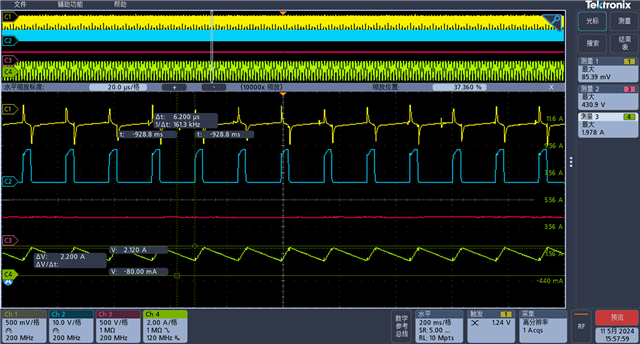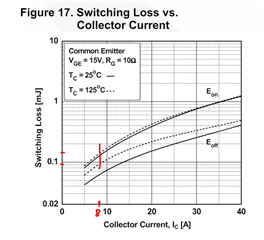The schematic diagram of the PFC part is as follows.Design requirement: AC220V/50Hz input, output DC 390V 3A, switch power transistor IGBT specification is 650V 20A. Currently, testing has found that the circuit will burn out the IGBT. Can you help find the cause and solution? Currently, I think it is caused by excessive current. Looking forward to your reply. Thank you~


CH1:ISENSE CH2:GATE CH3:BUS voltage CH4:BUS current






